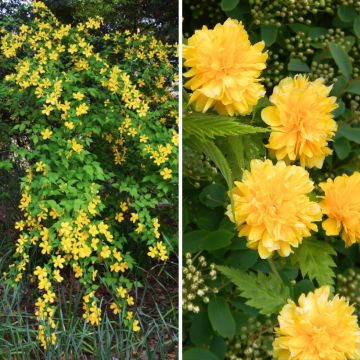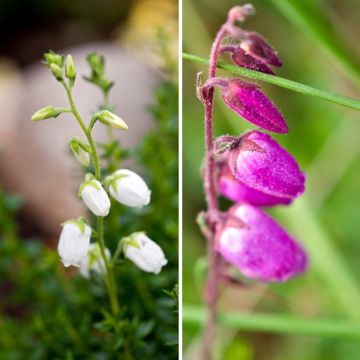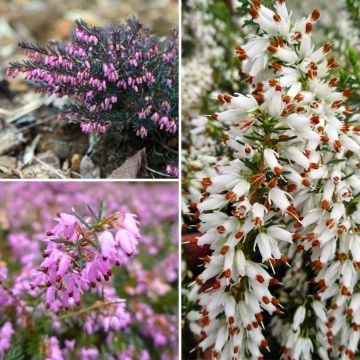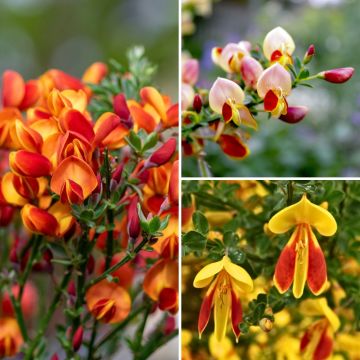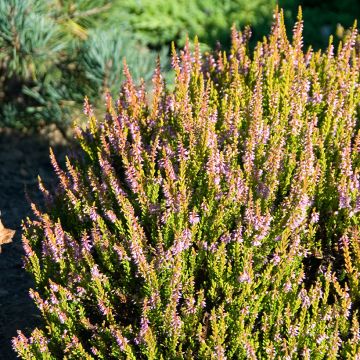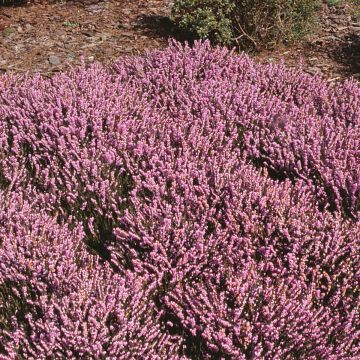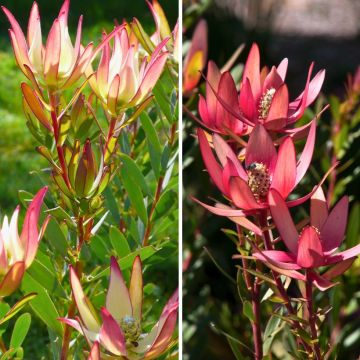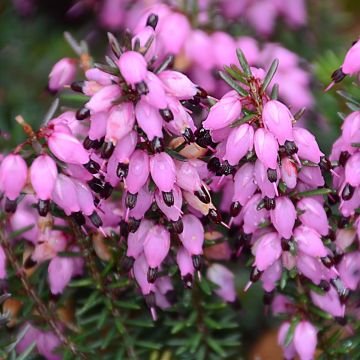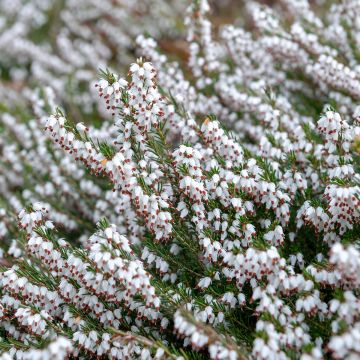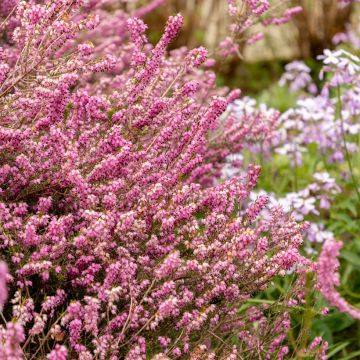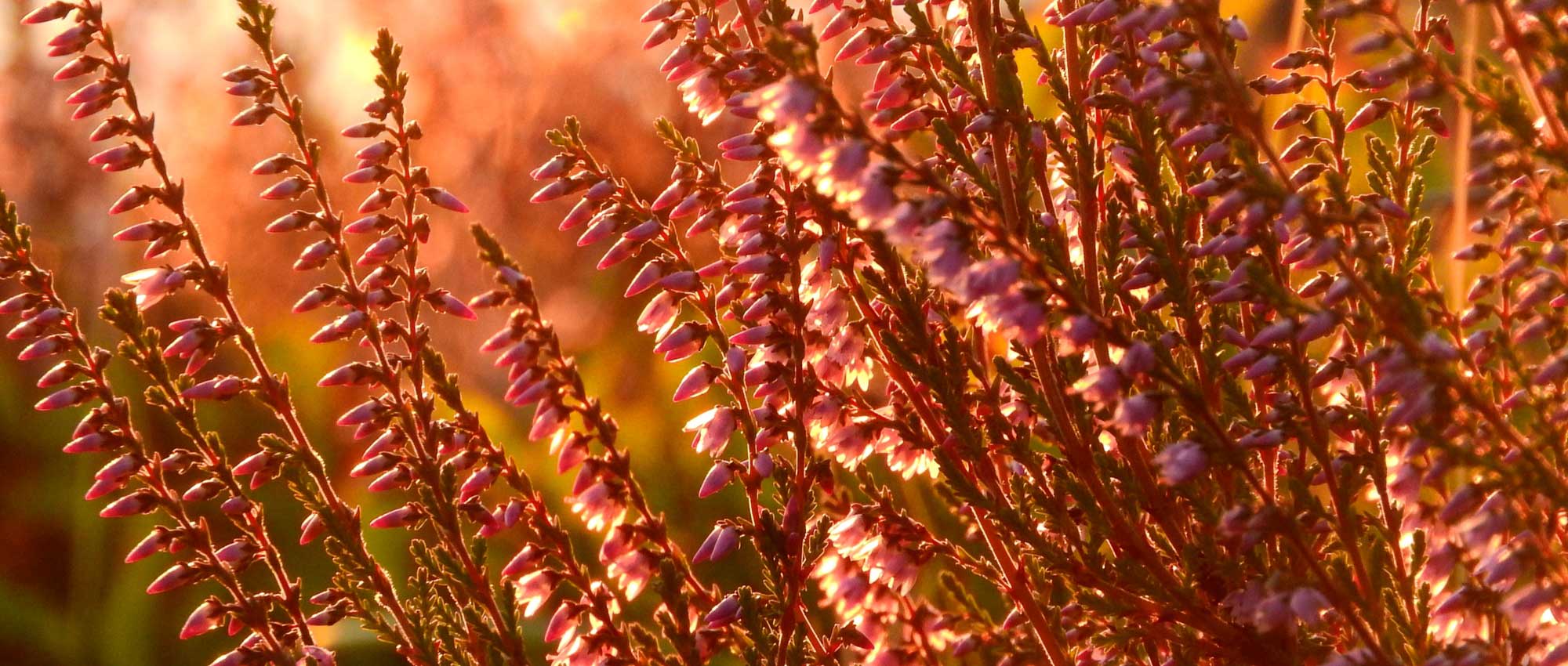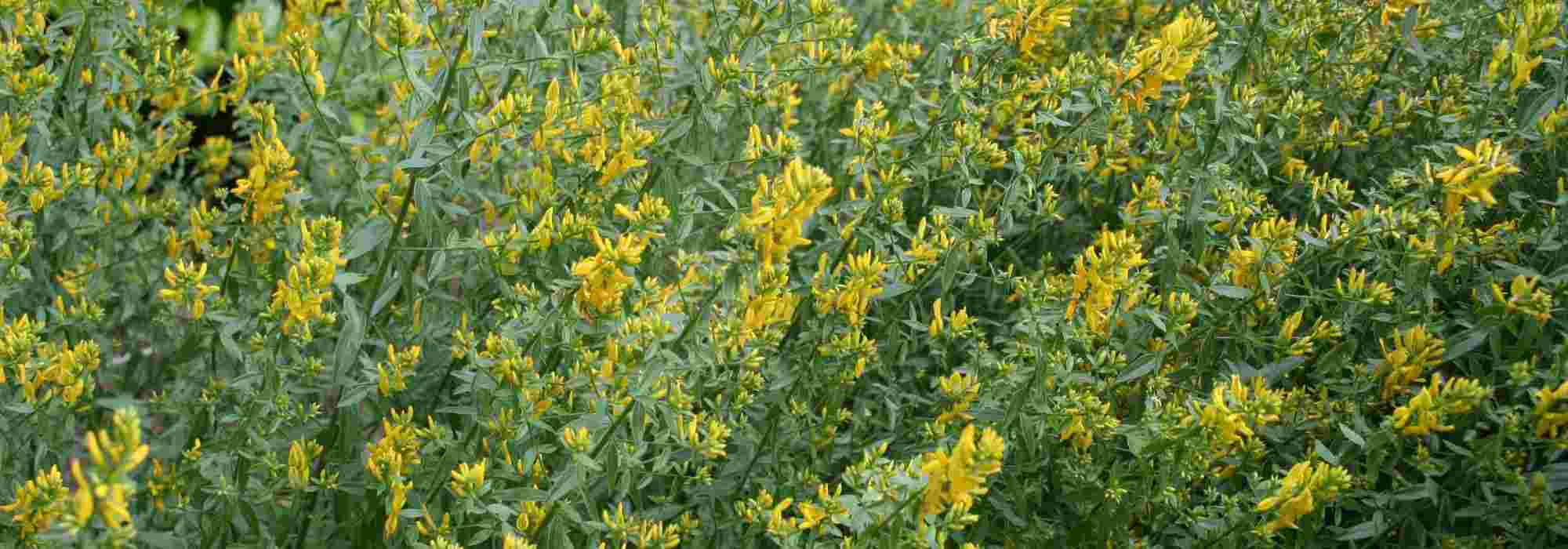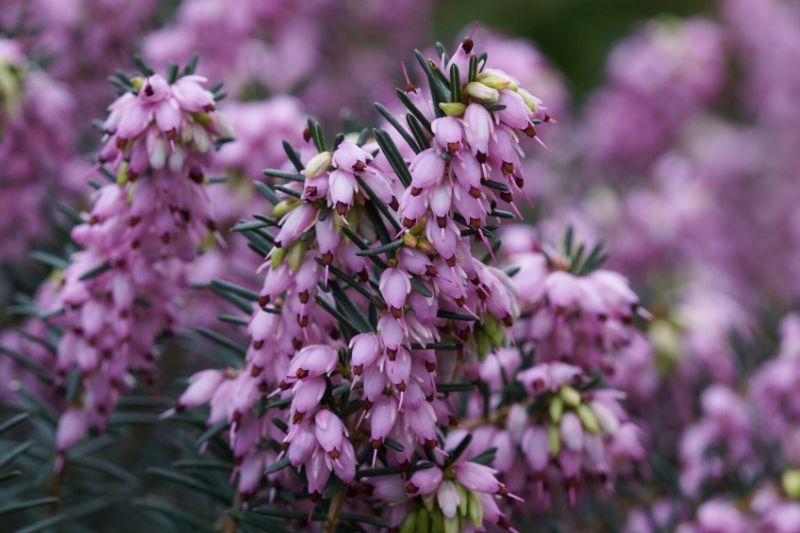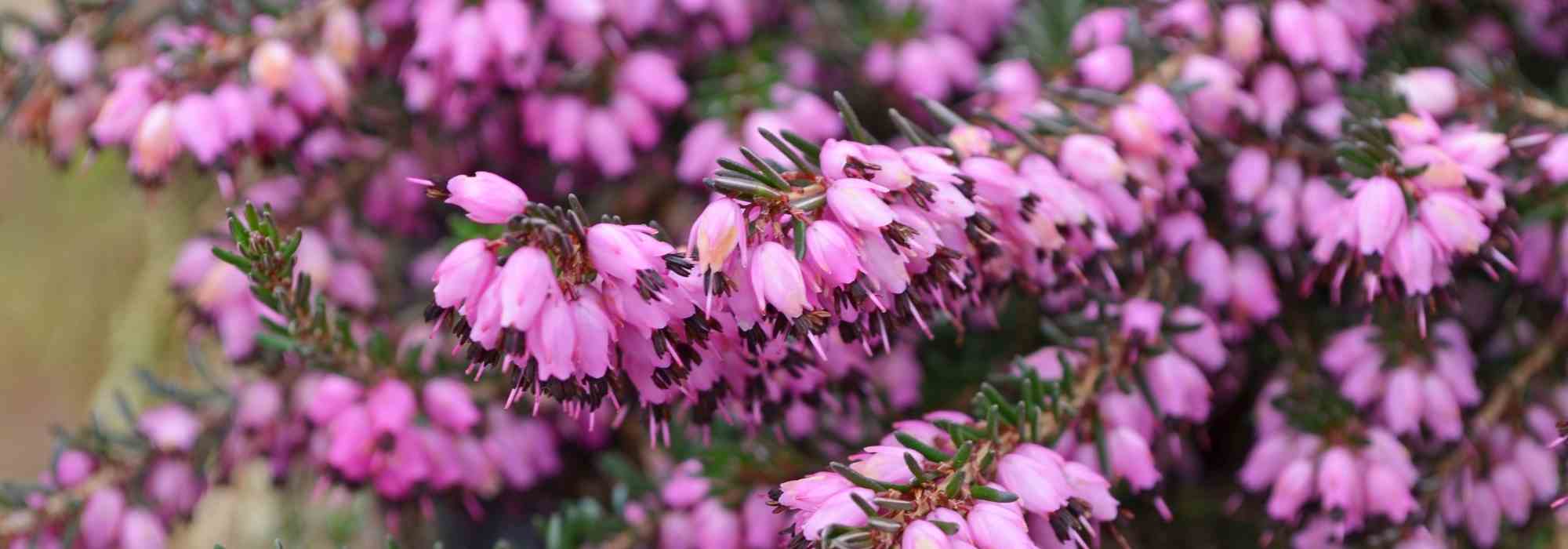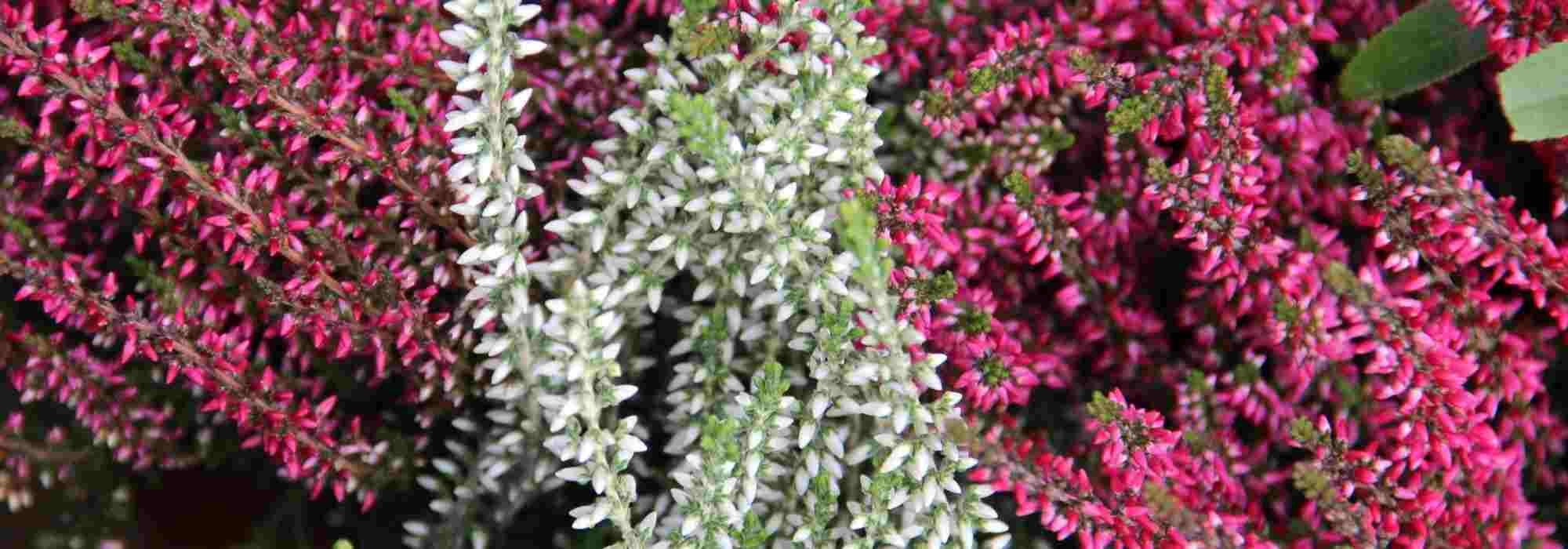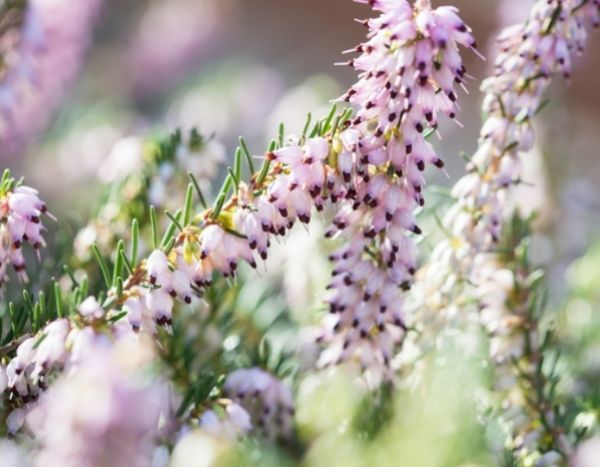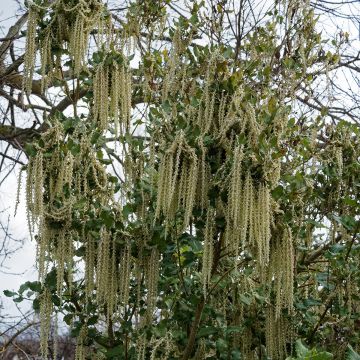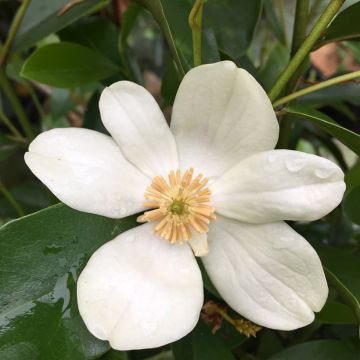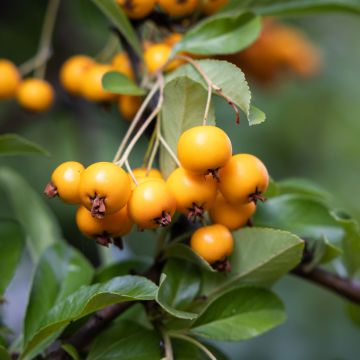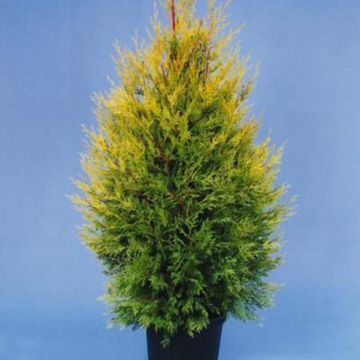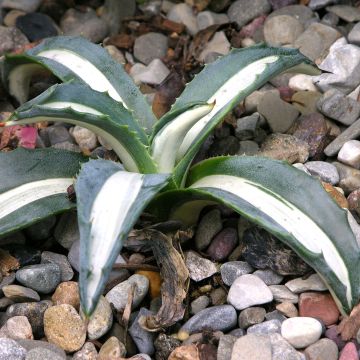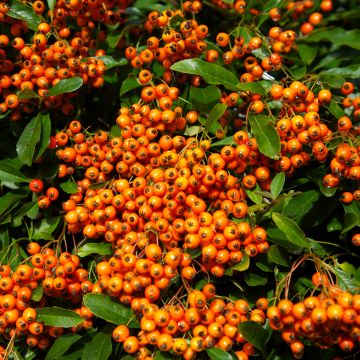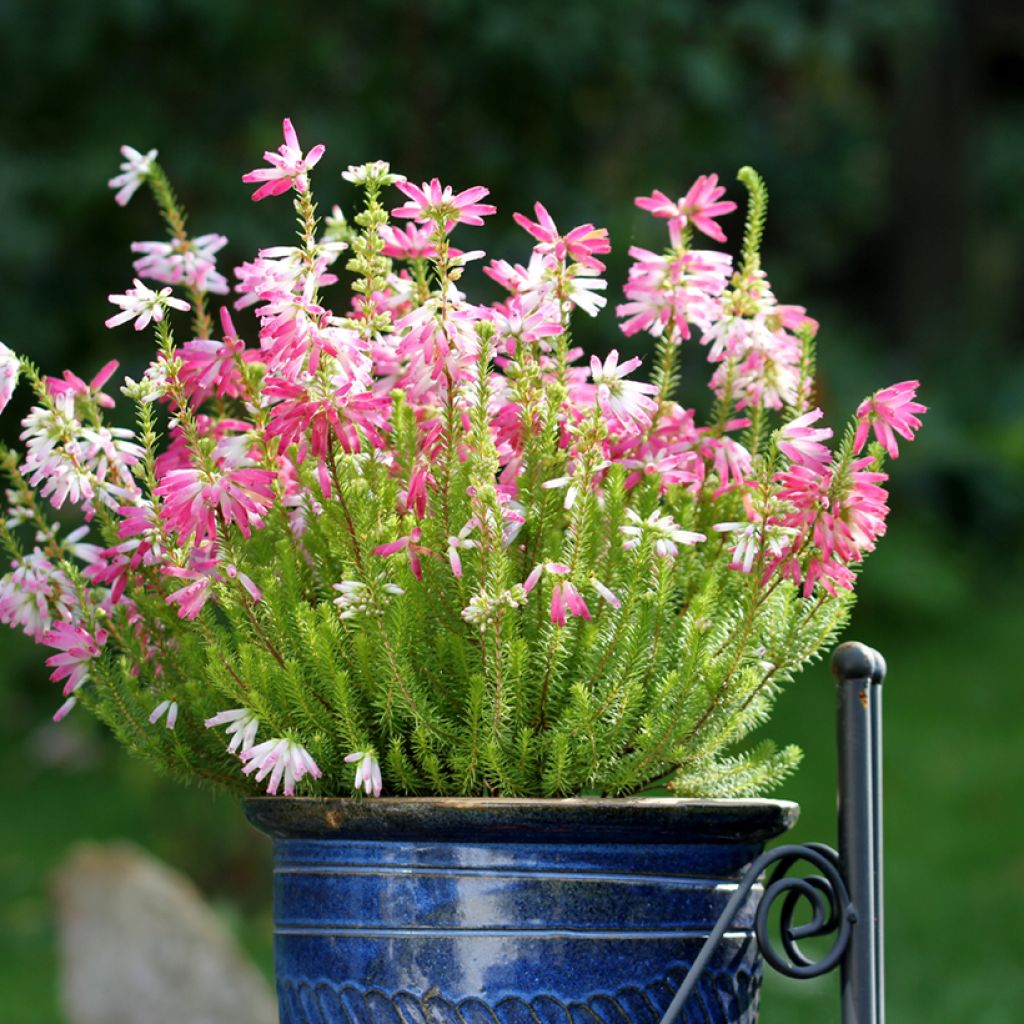

Erica verticillata - Cape Heath
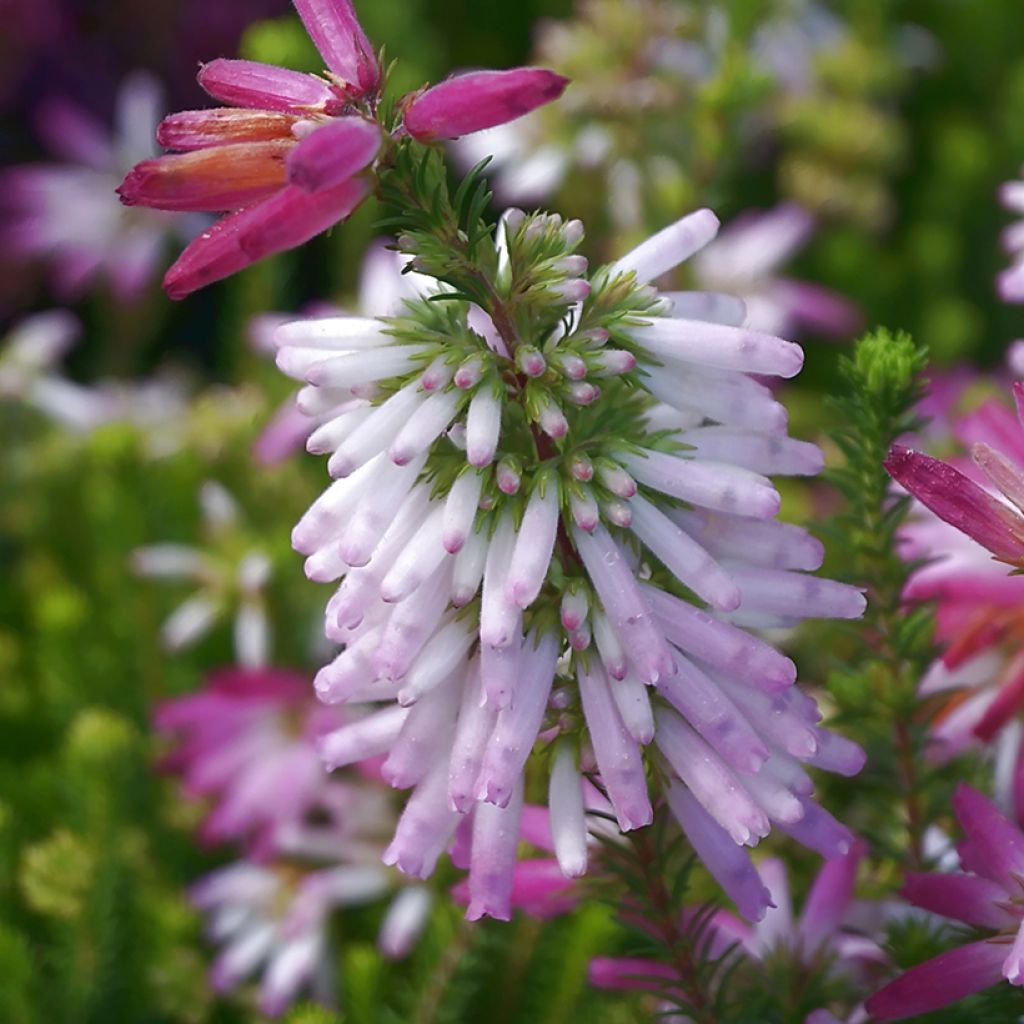

Erica verticillata - Cape Heath


Erica verticillata - Cape Heath
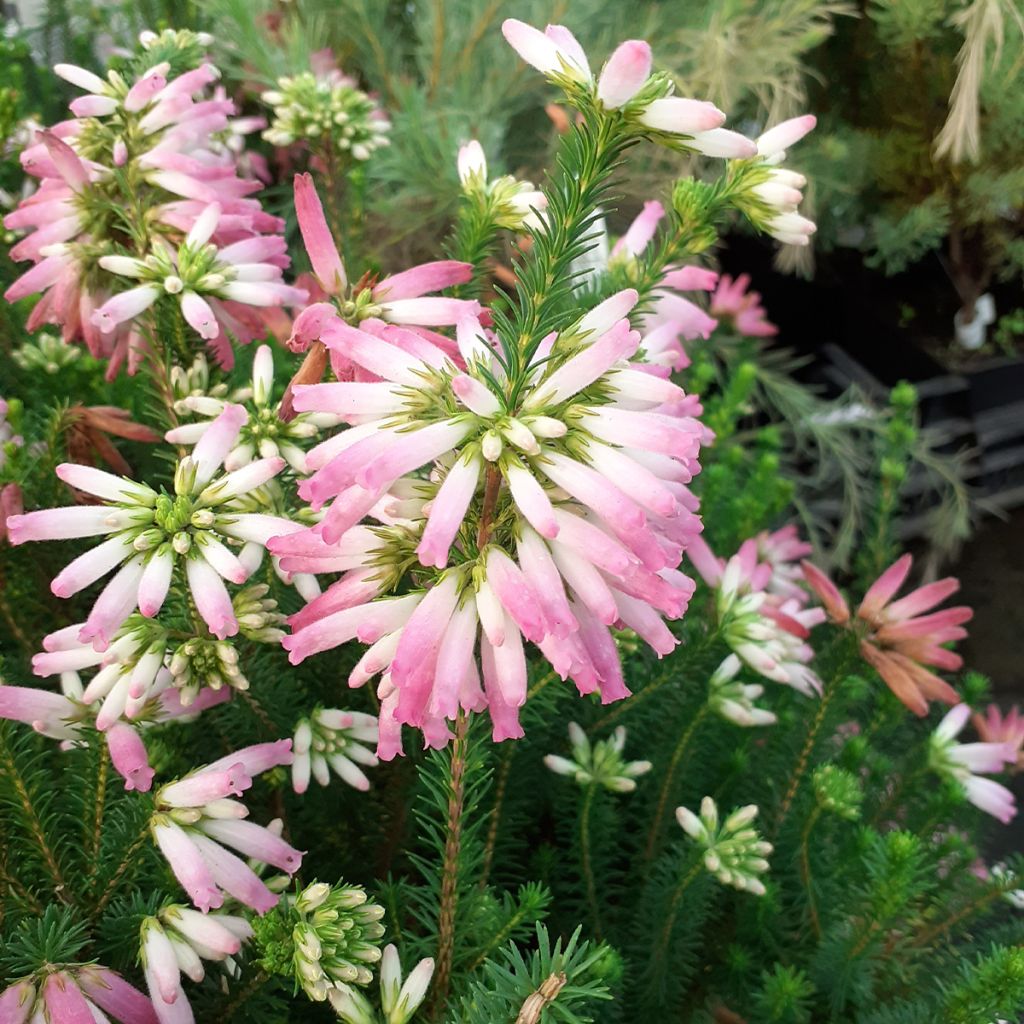

Erica verticillata - Cape Heath
Erica verticillata - Cape Heath
Erica verticillata
Whorled Heath, Cape Heath
Special offer!
Receive a €20 voucher for any order over €90 (excluding delivery costs, credit notes, and plastic-free options)!
1- Add your favorite plants to your cart.
2- Once you have reached €90, confirm your order (you can even choose the delivery date!).
3- As soon as your order is shipped, you will receive an email containing your voucher code, valid for 3 months (90 days).
Your voucher is unique and can only be used once, for any order with a minimum value of €20, excluding delivery costs.
Can be combined with other current offers, non-divisible and non-refundable.
Why not try an alternative variety in stock?
View all →This plant carries a 24 months recovery warranty
More information
We guarantee the quality of our plants for a full growing cycle, and will replace at our expense any plant that fails to recover under normal climatic and planting conditions.
Would this plant suit my garden?
Set up your Plantfit profile →
Description
Erica verticillata, formerly known as Erica manipuliflora, is commonly known as Cape heath or Whorl heath. It is a delightful shrub species that stands out with its particularly abundant and decorative summer flowering in pink. This vigorous bush is adorned with fine evergreen foliage that almost disappears in summer under clusters of long and beautiful tubular flowers in a lovely pink-lilac colour. Despite its South African origins, this plant can withstand moderate frosts, down to -7° C (19.4° F) at its lowest. Well adapted to coastal areas, it thrives in sandy and humus-rich, non-calcareous soil. In colder regions, it can be grown in pots to protect it during winter.
Erica verticillata belongs to the large Ericaceae family. Today endangered, this heath originally grew in sandy, acidic, and periodically moist plains of the Cape Peninsula, not far from rivers and marshes.
The Cape heath has a bushy habit, almost as tall as it is wide, and is highly branched. With a fairly slow growth, the shrub will reach about 90 cm to 1 m (35.4 in to 3.3 ft) in all directions, sometimes more. Throughout the year, its branches bear very small non-prickly needle-like leaves. This foliage is dense and a beautiful vibrant green. It produces an abundance of flowers between June and August, depending on the climate. The flowers, grouped in whorls or clusters, are produced at the ends of short branches. The tubular corolla, 2 cm (0.8 in) long, is pink in colour.
This whorled heath is an ideal shrub for landscaping coastal gardens that are spared from severe frosts. In light and non-calcareous soil, it can be planted with shorter heaths that flower in various colours: Erica mediterranea, E. carnea, or darleyensis offer blooms ranging from pure white to purple-violet, as well as all shades of pink and red in winter and spring. This plant will work wonders in rockeries or raised beds with Lithodora or a creeping ceanothus, for example (Ceanothus repens). When grown in pots, it should be planted in a well-drained substrate such as ericaceous soil, and kept slightly moist at all times.
Erica verticillata - Cape Heath in pictures
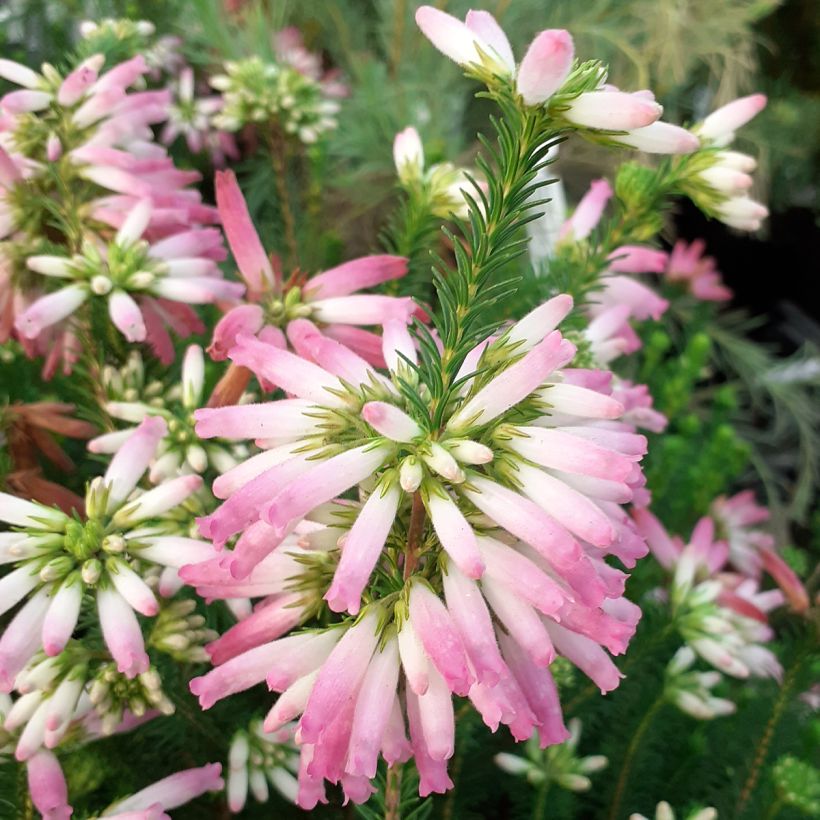

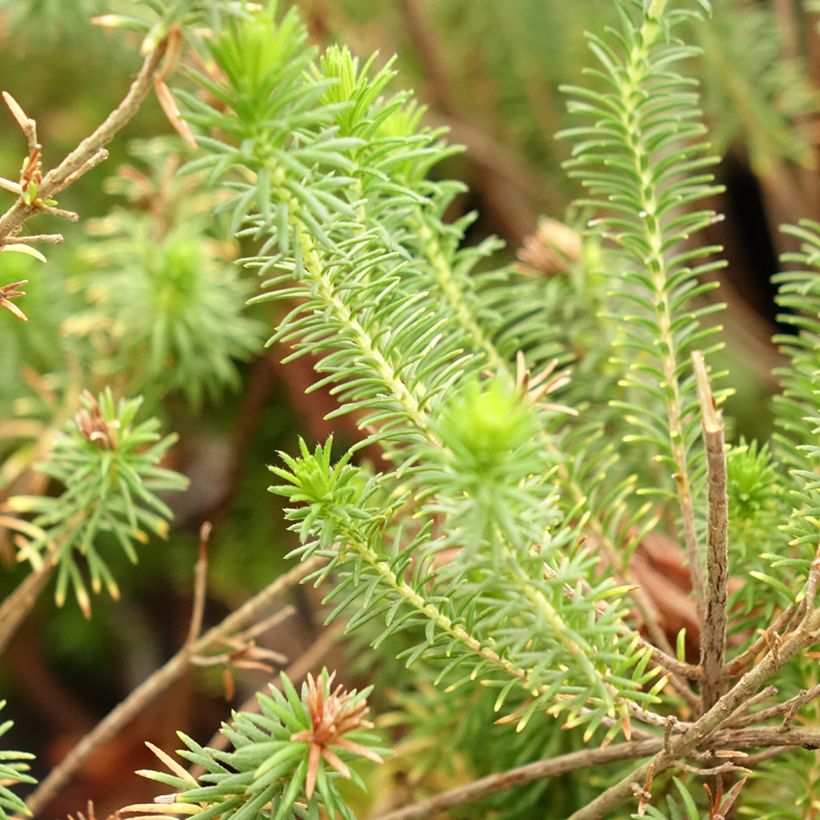

Plant habit
Flowering
Foliage
Botanical data
Erica
verticillata
Ericaceae
Whorled Heath, Cape Heath
South Africa
Planting and care
Erica verticillata grows in acidic soil (similar to ericaceous soil, which is essential if your soil is not), in sunny or partially shaded exposure. A sandy, non-limestone soil can also be suitable if enriched with leaf compost and humus to retain moisture. It prefers soil that remains moist but well-drained. It can withstand short frosts of around -7° C (19.4° F), once well established and in soil that does not retain water in winter. Outside of coastal areas, it is preferable to cultivate it in a pot. The plant can be stored in a cold or temperate greenhouse during winter (frost-free but minimally heated).
Planting period
Intended location
Care
Planting & care advice
This item has not been reviewed yet - be the first to leave a review about it.
Similar products
Haven't found what you were looking for?
Hardiness is the lowest winter temperature a plant can endure without suffering serious damage or even dying. However, hardiness is affected by location (a sheltered area, such as a patio), protection (winter cover) and soil type (hardiness is improved by well-drained soil).

Photo Sharing Terms & Conditions
In order to encourage gardeners to interact and share their experiences, Promesse de fleurs offers various media enabling content to be uploaded onto its Site - in particular via the ‘Photo sharing’ module.
The User agrees to refrain from:
- Posting any content that is illegal, prejudicial, insulting, racist, inciteful to hatred, revisionist, contrary to public decency, that infringes on privacy or on the privacy rights of third parties, in particular the publicity rights of persons and goods, intellectual property rights, or the right to privacy.
- Submitting content on behalf of a third party;
- Impersonate the identity of a third party and/or publish any personal information about a third party;
In general, the User undertakes to refrain from any unethical behaviour.
All Content (in particular text, comments, files, images, photos, videos, creative works, etc.), which may be subject to property or intellectual property rights, image or other private rights, shall remain the property of the User, subject to the limited rights granted by the terms of the licence granted by Promesse de fleurs as stated below. Users are at liberty to publish or not to publish such Content on the Site, notably via the ‘Photo Sharing’ facility, and accept that this Content shall be made public and freely accessible, notably on the Internet.
Users further acknowledge, undertake to have ,and guarantee that they hold all necessary rights and permissions to publish such material on the Site, in particular with regard to the legislation in force pertaining to any privacy, property, intellectual property, image, or contractual rights, or rights of any other nature. By publishing such Content on the Site, Users acknowledge accepting full liability as publishers of the Content within the meaning of the law, and grant Promesse de fleurs, free of charge, an inclusive, worldwide licence for the said Content for the entire duration of its publication, including all reproduction, representation, up/downloading, displaying, performing, transmission, and storage rights.
Users also grant permission for their name to be linked to the Content and accept that this link may not always be made available.
By engaging in posting material, Users consent to their Content becoming automatically accessible on the Internet, in particular on other sites and/or blogs and/or web pages of the Promesse de fleurs site, including in particular social pages and the Promesse de fleurs catalogue.
Users may secure the removal of entrusted content free of charge by issuing a simple request via our contact form.
The flowering period indicated on our website applies to countries and regions located in USDA zone 8 (France, the United Kingdom, Ireland, the Netherlands, etc.)
It will vary according to where you live:
- In zones 9 to 10 (Italy, Spain, Greece, etc.), flowering will occur about 2 to 4 weeks earlier.
- In zones 6 to 7 (Germany, Poland, Slovenia, and lower mountainous regions), flowering will be delayed by 2 to 3 weeks.
- In zone 5 (Central Europe, Scandinavia), blooming will be delayed by 3 to 5 weeks.
In temperate climates, pruning of spring-flowering shrubs (forsythia, spireas, etc.) should be done just after flowering.
Pruning of summer-flowering shrubs (Indian Lilac, Perovskia, etc.) can be done in winter or spring.
In cold regions as well as with frost-sensitive plants, avoid pruning too early when severe frosts may still occur.
The planting period indicated on our website applies to countries and regions located in USDA zone 8 (France, United Kingdom, Ireland, Netherlands).
It will vary according to where you live:
- In Mediterranean zones (Marseille, Madrid, Milan, etc.), autumn and winter are the best planting periods.
- In continental zones (Strasbourg, Munich, Vienna, etc.), delay planting by 2 to 3 weeks in spring and bring it forward by 2 to 4 weeks in autumn.
- In mountainous regions (the Alps, Pyrenees, Carpathians, etc.), it is best to plant in late spring (May-June) or late summer (August-September).
The harvesting period indicated on our website applies to countries and regions in USDA zone 8 (France, England, Ireland, the Netherlands).
In colder areas (Scandinavia, Poland, Austria...) fruit and vegetable harvests are likely to be delayed by 3-4 weeks.
In warmer areas (Italy, Spain, Greece, etc.), harvesting will probably take place earlier, depending on weather conditions.
The sowing periods indicated on our website apply to countries and regions within USDA Zone 8 (France, UK, Ireland, Netherlands).
In colder areas (Scandinavia, Poland, Austria...), delay any outdoor sowing by 3-4 weeks, or sow under glass.
In warmer climes (Italy, Spain, Greece, etc.), bring outdoor sowing forward by a few weeks.






























